Top 5 Most Famous 5-Star Hotels in Da Lat in 2025
Ha Giang is on Vietnam's most northerly regions with a unique geographical makeup and diverse range of cultures. The mountainous area with towering limestone peaks, share a 270 km border with neighbouring China and plays host to the border crossing at Thanh Thuy.
Ha Giang, a province nestled in Vietnam's far north, beckons with dramatic landscapes, vibrant ethnic minority cultures, and a sense of adventure. This travel guide equips you with an unforgettable Ha Giang experience, from navigating the climate and transportation to uncovering hidden gems.
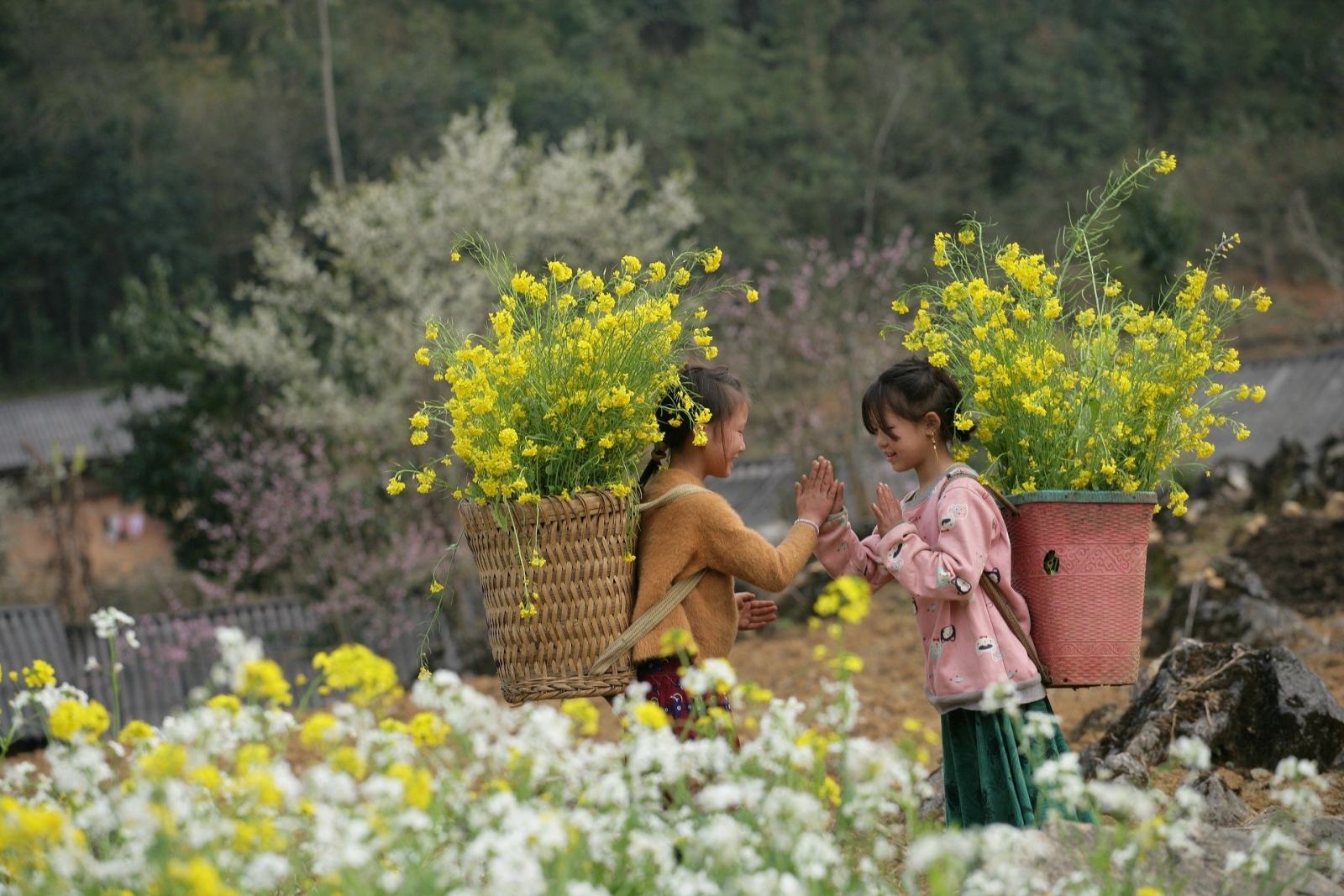
Ha Giang experiences a subtropical climate with distinct seasons. Summers (May to August) are hot and humid, with frequent afternoon showers. Winters (December to February) are chilly, with occasional frost in the highlands. The most popular time to visit is during spring (March to April) and autumn (September to November). Spring boasts stunning landscapes adorned with blooming wildflowers, particularly the iconic pink buckwheat flowers blanketing Hoang Su Phi. Autumn offers pleasant temperatures, breathtaking golden rice terraces, and fewer crowds.
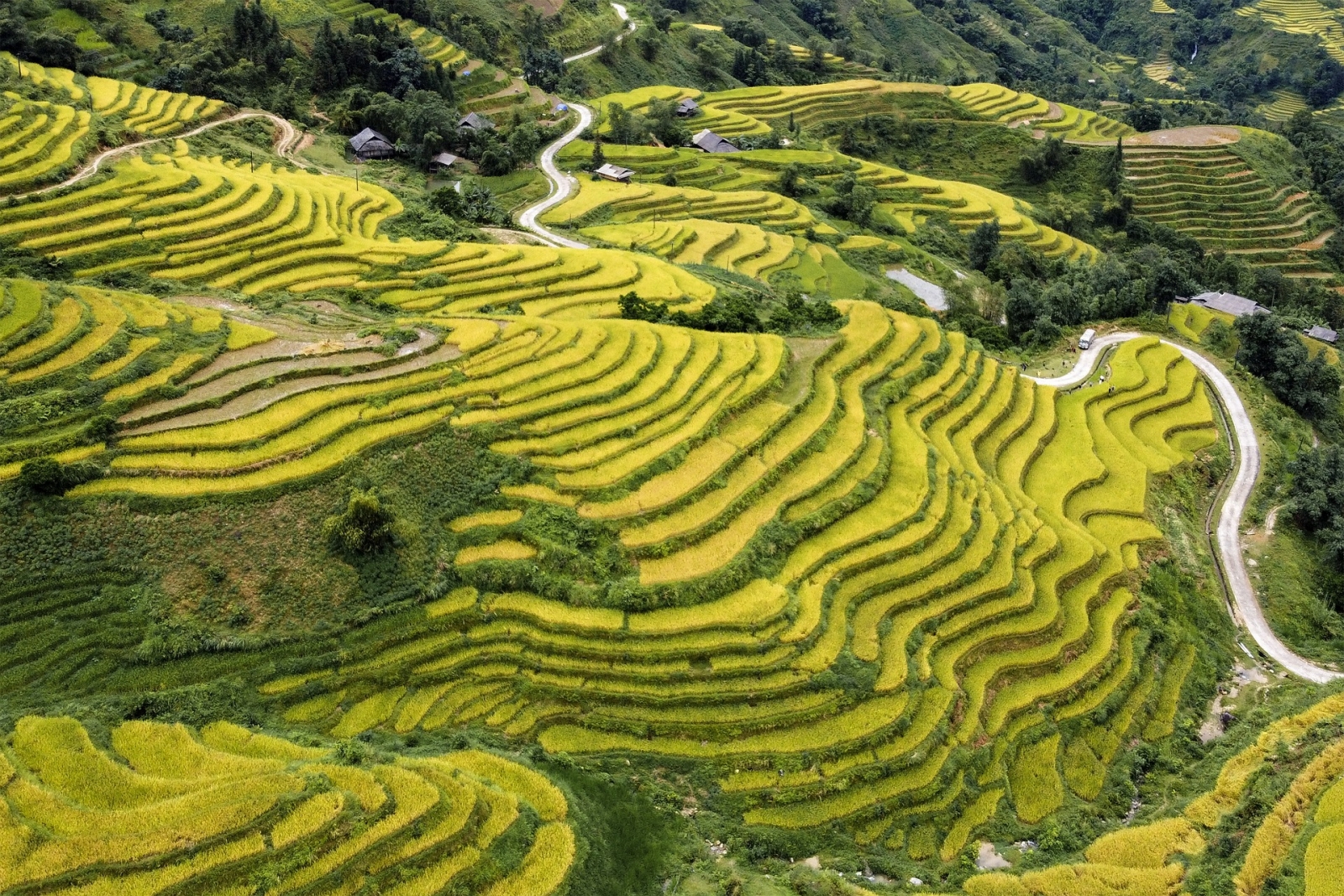
Ha Giang's rugged terrain makes exploring by car or motorbike the most popular choice.
1. Dong Van Karst Plateau Geopark (Ha Giang Town - Dong Van): Embark on a geological marvel at the Dong Van Karst Plateau Geopark, a UNESCO World Heritage Site. Dramatic limestone pillars jut from the earth, creating a landscape sculpted by millions of years of erosion. Explore the route from Ha Giang town to Dong Van town, stopping at:
.jpg)
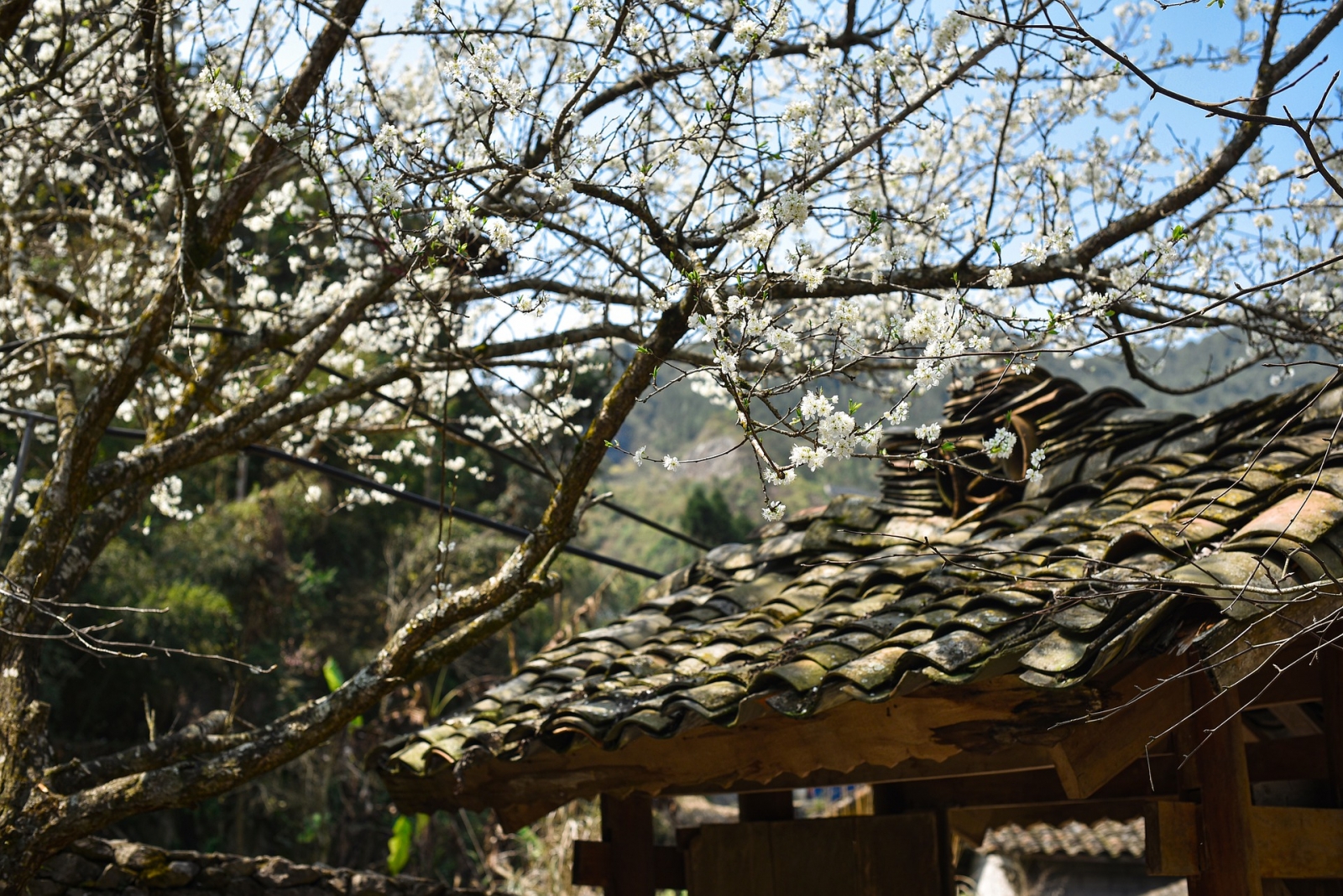
2. Hoang Su Phi Terraced Fields (Ha Giang Town - Hoang Su Phi): Witness the awe-inspiring spectacle of emerald rice terraces cascading down mountainsides. Rent a motorbike and follow the scenic route from Ha Giang town to Hoang Su Phi.
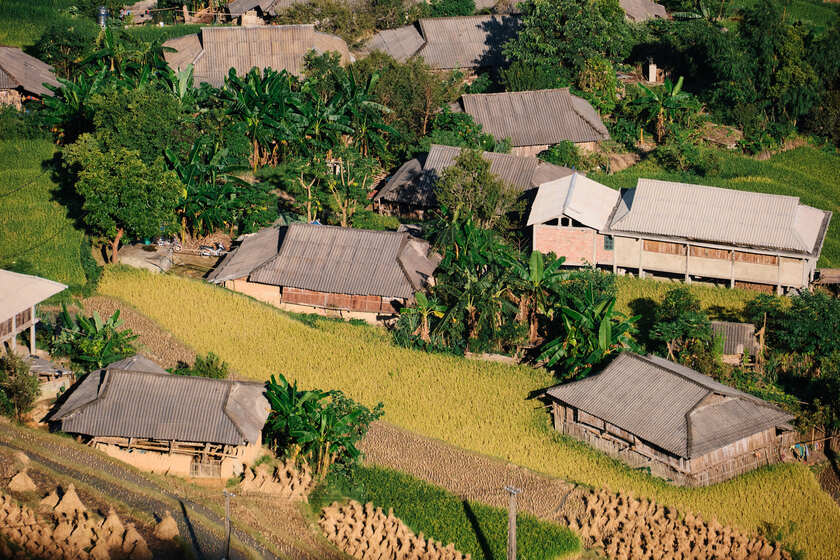
3. Lung Cu Flag Tower (Dong Van District): Standing proudly atop Lung Cu Peak, the tower symbolizes national pride. Hike up the 389 stone steps to reach the summit and be rewarded with breathtaking views of the surrounding mountains and valleys. Learn about the local H'mong people's culture and traditions at nearby villages.
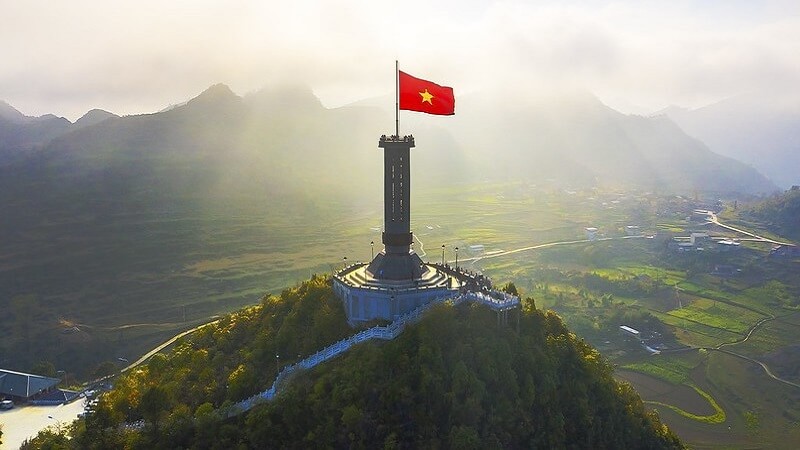
4. Ba Be National Park (Ha Giang Town - Ba Be): Venture further and experience the diverse ecosystems of Ba Be National Park. Explore the largest freshwater lake in Vietnam, trek through the lush jungle, and discover hidden caves. Hire a boat tour on the lake for a relaxing and scenic experience.
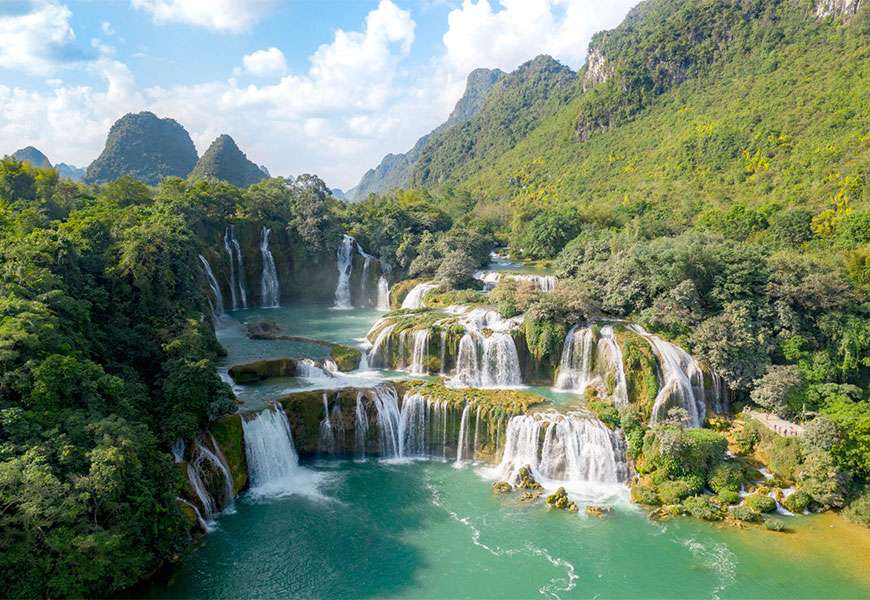
5. Local Markets (throughout Ha Giang): Immerse yourself in the vibrant local culture by visiting the bustling markets throughout Ha Giang. Explore the Dong Van Sunday Market, the largest ethnic minority market in the region, and marvel at the colorful displays of handicrafts, local produce, and livestock. Sample exotic snacks and interact with friendly locals.
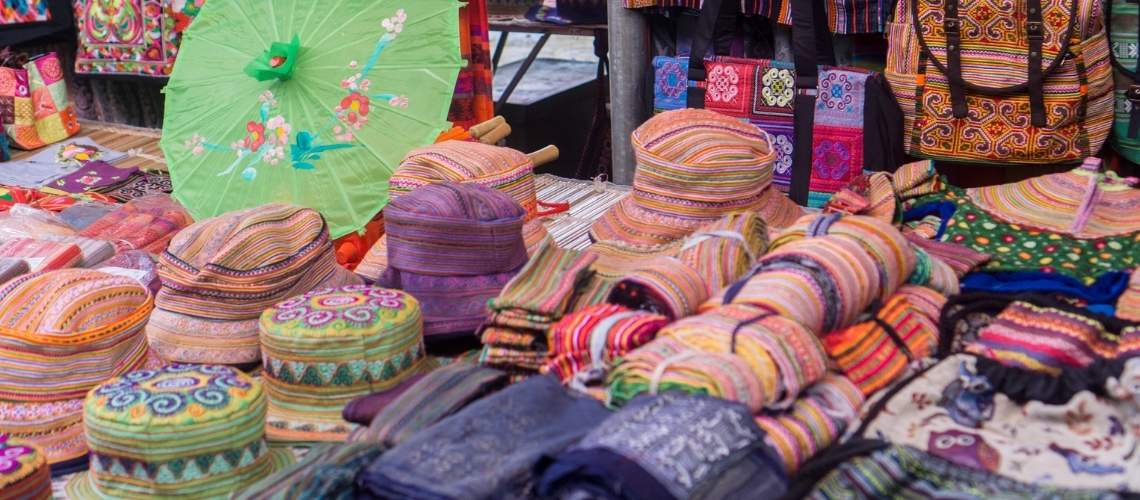
Ha Giang's cuisine reflects the resourcefulness and traditions of its ethnic minority communities. Here are some must-try specialties to tantalize your taste buds:
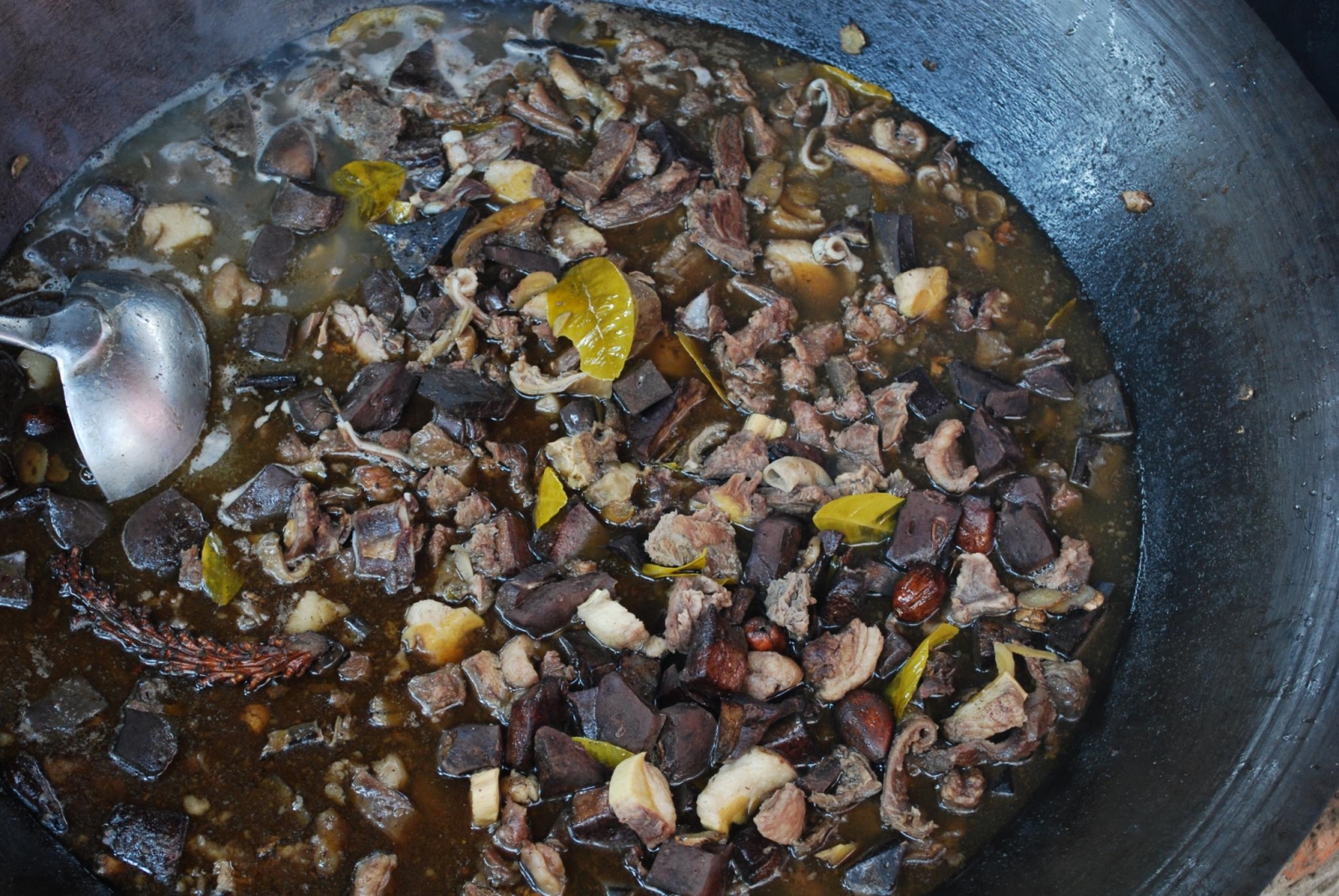
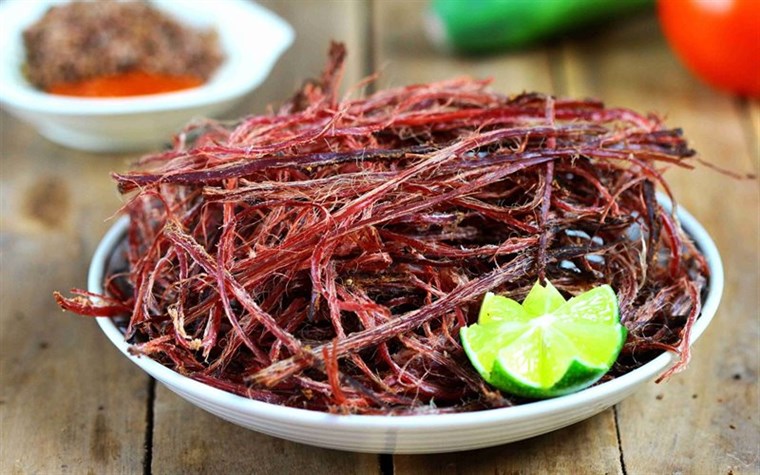
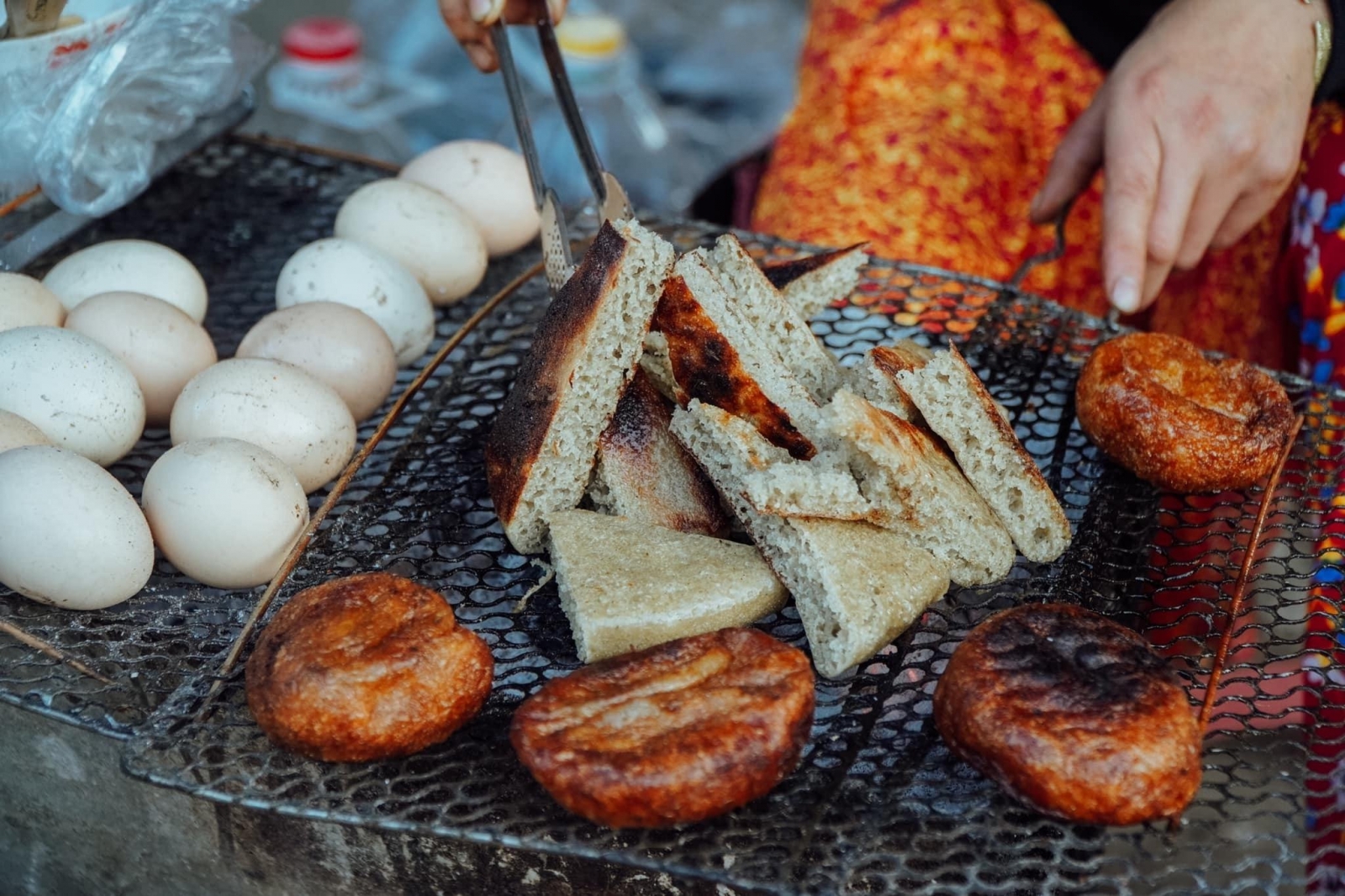
.jpg)
.jpg)
Phu Minh Quang Travel - "Allow me to be with you on every journey"
Contact Info:
Maybe you are interested
